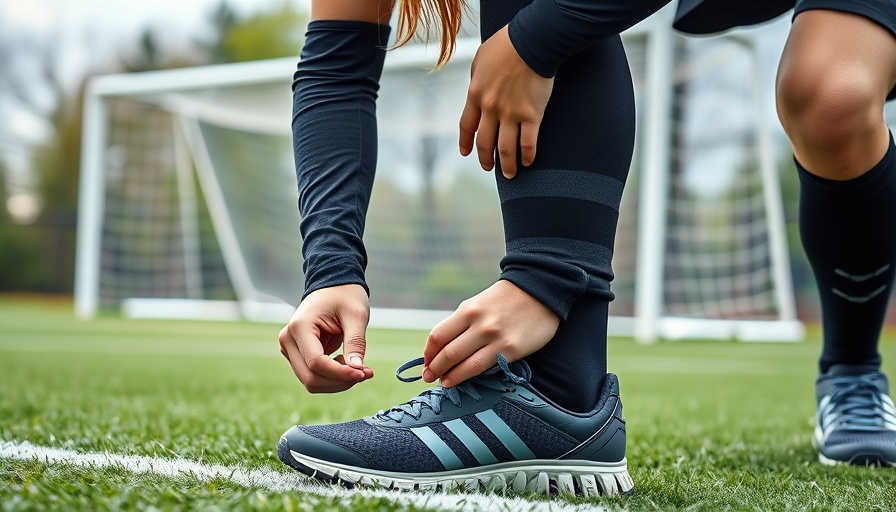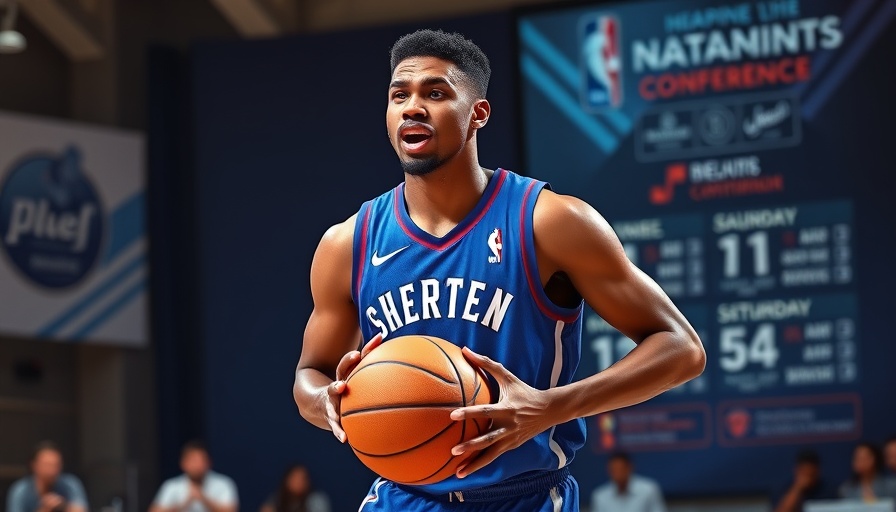
Why Injury Prevention Is Critical in Youth Martial Arts
In today's fast-paced world, the importance of injury prevention in youth sports, particularly in martial arts, cannot be overstated. With a growing number of young practitioners dedicating their time to disciplines like karate, it's vital to ensure that they are not only developing their skills but also doing so safely. From teaching proper techniques to reinforcing the importance of mental focus, parents and instructors play crucial roles in maintaining a safe training environment.
Understanding Common Injuries and How to Prevent Them
Injuries can occur at any age, and youth are particularly susceptible due to their developing bodies. Common injuries in martial arts include strains, sprains, and even more serious issues like fractures or dislocations. Implementing preventative fitness routines tailored to martial arts is essential. Such routines can include flexibility exercises, balance training, and proper warm-ups to prepare the body for the physical demands of training.
Integrating Martial Arts Conditioning for Injury Reduction
Conditioning plays a vital role in injury prevention and performance enhancement. Martial arts conditioning routines should emphasize strength, endurance, and flexibility. Engaging young martial artists in these routines can significantly mitigate the risk of injuries. Parents can assist by encouraging their children to practice these routines at home, fostering a culture of safety and awareness from a young age.
Combat Sports Safety Protocols: Setting Standards
Creating a high-standard safety protocol is crucial in any martial arts program. This includes not only physical training but also education about sports safety techniques. For instance, teaching young athletes about the importance of wearing appropriate protective gear and understanding the limits of their bodies can prevent unnecessary injuries. Training instructors to recognize the signs of fatigue or strain in their students can also lead to timely interventions that can protect young athletes from harm.
Mental Focus: A Key Element of Injury Prevention
In martial arts, mental focus is as important as physical capability. Young practitioners should be encouraged to develop a mental approach to their training that prioritizes safety. This can include visualization techniques, mindfulness practices, and the importance of listening to one’s body. Mental conditioning not only helps athletes perform better but also fosters an understanding of their limits, ultimately aiding in injury prevention efforts.
Practical Tips for Parents
As parents, you can actively contribute to your child's safety in martial arts training. Establish open communication with their instructors to ensure that safety protocols are being followed. In addition, encourage your child to speak up if they feel discomfort or if they have questions about their training. Being proactive about discussions on injury can lead to greater awareness and harm reduction altogether.
Conclusion: Empowering Future Generations
In injury prevention, knowledge and action go hand-in-hand. By focusing on martial arts injury mitigation techniques, combat training safety routines, and establishing strong mental focus, we can empower the next generation of martial artists to train safely and effectively. Together, let's create a culture where safety is paramount and young practitioners can enjoy their journey in martial arts without the risk of injury.
 Add Row
Add Row  Add
Add 




Write A Comment